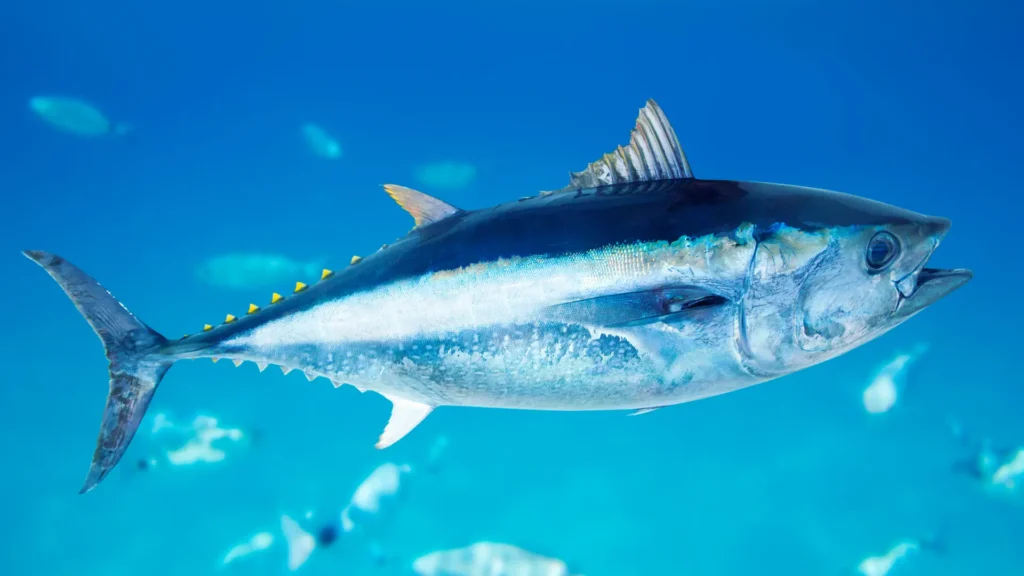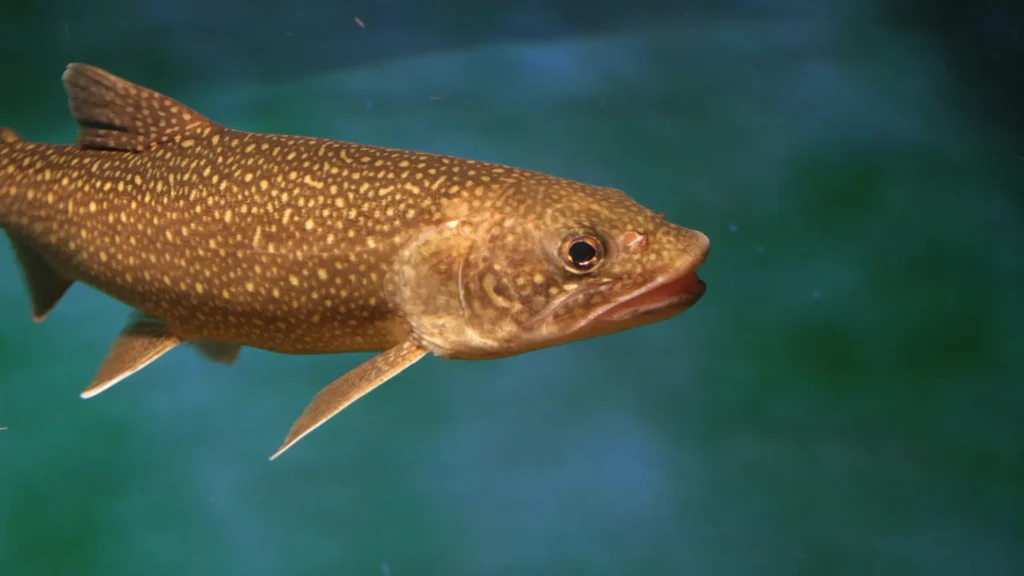Catfish are a popular choice for over 7 million anglers nationwide. They rank highly in popularity, just behind bass, panfish, and trout. Anglers of all skill levels are drawn to catfish for their wide distribution, fighting abilities, potential size, table-fare qualities, and ease of catch.
Different catfish species, such as channel, flathead, blue, bullheads, and white catfish, require specific techniques for successful fishing due to their unique qualities as gamefish.
When it comes to catfishing, a crucial aspect is the ability to effectively locate these elusive creatures. In this comprehensive article, we will delve into various techniques that can be employed to target different species of catfish with precision and skill.
Understanding Catfish Behavior and Habits
Channel Catfish
Catfish anglers create homemade stinkbait with cheese, blood, chicken, and fish parts to attract catfish. Channel cats can be caught on the bottom but can also suspend and strike in clear-water lake and reservoir environments.
In rivers, they move upstream in spring, making them accessible below dams, riffles, and tributary mouths. In summer, they can be found in holes, mid-depth runs, and stretches with woodcover in rivers. They also reside around wing dams, bridge abutments, barge mooring areas, and logjams for habitat diversity in larger rivers.
In colder fall weather, channel catfish migrate to wintering spots, particularly in the northern regions. They typically move downstream, covering significant distances. In the South, they can be found in shorter water sections throughout the year. Surprisingly, even during the cold winter months, channel catfish can still be enticed to bite. This has led to an increase in ice anglers targeting them on lakes within the ice-belt.
Flathead Catfish
Flathead catfish, like channel catfish, have seasonal movement patterns in rivers. In the spring, they move upstream, while in late fall, they move downstream to wintering holes. Flatheads prefer covers like wood and rock and stay in one spot during the day. However, they leave their cover at night to feed.
Anglers use two strategies to catch flatheads. One is fishing near cover, while the other targets flatheads during their nightly feeding. Set baits on channel edges and flats near their daytime cover to catch catfish on the move. These areas are their travel routes when feeding.
In reservoirs, flatheads are often found near standing timber, log- and brushpiles, and boulders. In large rivers, look for flatheads near wood piles on river bends, bridge abutments, barge mooring areas, and flats. Scour holes behind wing dams shouldn’t be overlooked as they can also be productive spots.
Blue Catfish
Blue catfish have specific preferences when it comes to their habitat. They can be found in areas with current, such as channel edges, steep ledges, wing dams, shallow flats, and deep holes in rivers.
Catfish select habitats according to the season and water flow. In colder water, they inhabit deeper areas, while in milder conditions, they venture into shallower regions in search of food. Reservoirs draw their attention due to underwater features such as points, humps, saddles, and submerged creek channels, which provide a source of prey including shad and blue cats.
Blue catfish have a seasonal migration pattern. They move downstream in cold water and upstream in the spring to reach their summer locations. Catfish reside in deep water near structures during winter and move to shallow creek arms and feeder rivers in the spring. After spawning, they establish summer patterns, following and feeding on groups of baitfish in the main basin. Sometimes, depending on the distribution of baitfish, they may suspend themselves in open water.
Bullheads
Bullheads, in shades of brown, black, and yellow, can be found in North American lakes, rivers, and reservoirs. Despite their reputation as opportunistic feeders, these fish are highly sought after for their delectable flavor. They can be easily caught with hooks baited with angleworms, nightcrawler pieces, or even dead fish. Anglers often enjoy catching bullheads weighing between half a pound and two pounds.
To find bullheads, look in different habitats like rivers, creeks, ponds, lakes, and reservoirs. In spring, they migrate to shallower backwaters and bays as the water warms. Look for them in funnel areas, near vegetation edges, and on shallow flats for better chances of locating them.
White Catfish
White catfish are adaptable and can be found in diverse habitats like tidal waters, lakes, ponds, rivers, and streams. They prefer warm waters at around 82°F and are often found near muddy bottoms, logs, brush piles, and hiding spots. Omnivorous eaters consume a variety of food including fish, insects, crustaceans, fish eggs, and aquatic plants.
Native to rivers and streams flowing to the Atlantic Ocean, catfish can also tolerate saltier bottoms and higher salinity levels. White catfish are aggressive feeders, preferring daytime feeding. They inhabit deep lakes, reservoirs, and sluggish sections of rivers and streams.
Catfish prefer water temperatures above 20°C and dwell deeper than 2 meters during the day. At night, they migrate to shallow vegetation beds. In lakes and reservoirs, their depth changes with the seasons. During late spring and early summer, catfish can be found at depths of 3 to 10 meters. As summer progresses, they tend to move to deeper areas. In winter, they generally disperse at depths ranging from 17 to 30 meters, influenced by the temperature of the lake.
Tools and Techniques for Locating Catfish
Anglers use tools like sonar and fish finders to locate catfish. Specialized baits like stinkbaits and cut baits attract catfish by scent. Techniques like bottom fishing, drift fishing, and jug fishing are commonly used. These tools and techniques increase the chances of successful catfish location and catch.
Let’s dig a little deeper into each topic to get a better grasp of what we’re talking about.
Using Sonar and GPS Navigation Tools
Sonar technology is an essential tool for finding catfish hotspots. It emits sound waves into the water, which bounce off objects and return to the device. By measuring the time and angle of the sound waves, anglers can accurately locate underwater structures and fish activity. Using sonar technology helps anglers discover preferred habitats like drop-offs, submerged trees, and river channels where catfish tend to gather.
While the GPS technology provides accurate coordinates for fishing spots, making navigation easier and optimizing the use of satellite data. Satellite sensors capture important information like high sea surface temperatures and chlorophyll distribution, helping identify potential fishing zones. The collected data is then sent to fishing centers and local fishermen for informed decision-making.
Different Bait Techniques to Attract Catfish
To locate catfish effectively, you can utilize three techniques. The first is the bottom rig, using a Carolina Rig with an egg sinker, swivel, leader, and hook. This keeps your bait on the bottom where catfish search for food. The second technique is free-lining bait, directly attaching a hook to the main line, ideal for live bait that needs extra movement.
Lastly, the bobber rig involves attaching a hook to the main line and adding a bobber at a chosen distance. These versatile techniques cover different depths in the water column. Combining these rigs increases the chances of success. When targeting catfish, it’s important to use bait rather than lures since catfish are primarily bottom feeders and scavengers. Now, let’s explore common catfish baits.
Fishing Techniques for Catching Catfish
Bottom fishing -Bottom fishing, or legering in the UK, targets groundfish like sucker fish, bream, catfish, and crappie by fishing in the depths of lakes or oceans. Unlike regular angling, bottom fishing doesn’t use a float on the fishing line, allowing anglers to better connect with the underwater environment and improve their chances of catching these desired bottom-dwelling species.
Drift fishing – Drift fishing allows you to fish over a variety of habitats as your boat drifts with the currents or wind movement. You can drift on the bottom or change the depth with a bobber or float. Natural baits work best.
Jug fishing – Jug fishing, also known as juglining, is a popular method that offers a versatile fishing experience. Anglers suspend lines from floating jugs to catch fish in lakes or rivers. Multiple jugs can be used at once, with some states allowing up to twenty. Anglers often set out sets of twenty jugs to increase their chances of success.
Conclusion:
To locate catfish effectively, it’s crucial to understand their behavior, habitat, and diet. Using strong-smelling baits, being aware of water conditions, and picking the right fishing spots will greatly increase your chances of success.
Patience and adaptability are key, as catfish can be elusive and unpredictable. Whether you opt for drift fishing, bank fishing, or employing cutting-edge sonar technology, the key lies in a comprehensive approach.
By continually refining and diversifying your tactics, you can increase your chances of a rewarding catfishing experience, ensuring that your time on the water is both enjoyable and productive.
If you have suggested topics that you want us to cover, feel free to share them in the comment section below. We’d love to hear from you.
Additional Resources:
- Catfish fishing how to’s and techniques: https://www.bestfishinginamerica.com/how-to-catfish-fishing-simple-techniques-and-tips.html
- Expert tips on characteristics of anxious: https://www.outdoorlife.com/blogs/gone-fishin/2014/05/new-tackle-techniques-and-baits-catch-biggest-catfish-your-life/
- Best time to catch catfish: https://fishboxapp.com/blog/the-ultimate-guide-best-time-to-catch-catfish-revealed
- Tips and studies for blue fish:
- https://fishboxapp.com/blog/the-ultimate-guide-best-time-to-catch-catfish-revealed


